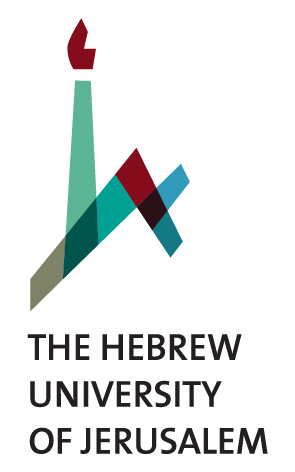The Lab
The Lab
About
The Human-Environment Dynamics lab
Our Goals: The lab would study the dynamics between humans and the landscape they live in by examining both behavioral and environmental proxies from Paleolithic sites.
The research in the lab: The goal of the lab is to study the lifeways of hunter-gatherers from a holistic perspective within their respective environments with which they interacted. For those reasons, the lab will enable novel studies for both material culture remains as well sedimentological and paleoenvironmental records. Within the scope of the lab, fieldwork will be conducted with cutting edge equipment for measuring, documenting and analyzing the Paleolithic sites.
The Team
Equipment
FTIR Spectrometer – Thermo Scientific Nicolet iS5
Identifying the mineralogical composition of different materials and sediments is an important step for improving our understanding of past technologies and decision-making processes. Using our Fourier transform infra-red (FTIR) Spectrometer we are able to analyze, quickly and reliably, various types of materials found in archaeological deposits. Furthermore, the FTIR allows us to choose better preserved samples before investing in expensive and time-consuming analysis. The iD7 ATR accessory further allows for the use of very small amounts of material thus leaving the sample\object as intact as possible.
Particle Sizer – Fritsch Analysette 28
Understanding of the natural surroundings and its implications on human occupation and lifeways is an important part of our research. Sedimentological analysis is a key component in this regard and through the use of the Analysette 28 particle sizer we are able to quickly process a large number of samples and receive highly detailed and accurate measurements of grain size as well morphology of the particles.
Laboratory Furnace – Nabertherm L15\12
Thermally altered materials are commonly found at archeological sites. Identification of those materials, whether they are the result of intentional heat treatment or accidental thermal damage, is essential to our interpretation of issues such as use of space and raw material selection. The first step in our understanding of fire effects is to test the way various materials react to heat exposure. With a lab furnace we are able to conduct controlled heating experiments and examine the change in material properties. Moreover, the furnace would be part of the analysis of sediments and past vegetation proxies.
Spectrophotometer – Minolta CM-700d
The use of a spectrophotometer provides a reliable, objective and accurate means of quantifying color measurements. This tool can be employed for a varied usage either in experimental study of fire use and color alteration, sediments analysis and raw material identification.
Stereo-microscope - Zeiss Discovery V8 with Zeiss Axiocam 208 color camera
Detailed analysis of artefacts is necessary for research in various fields of archaeology. The optical stereo-microscope allows observation of samples with complex surface topography through three-dimensional visualization. The microscope is equipped with a light ring allowing control of the intensity and angle of the light. A high stand base allows easier observation of large items.
Metallurgical microscope Zeiss Axioscope 5 with Zeiss Axiocam 305 color camera
A metallurgical microscope provides high magnification and resolution of opaque objects allowing for observation of polish and striations. The study of these features is an integral part of functional analyses as well as for the understanding of post-depositional processes. The microscope has several unique features such as reflected and transmitted illumination, differential interference contrast (DIC), brightfield and darkfield options and polarization.
Polarized microscope Zeiss Axiolab 5 with Zeiss Axiocam 208 color camera
Polarized or petrographic microscopes are used for optical mineralogy which is an important part of archaeological research. The transmitted polarized light is used on birefringent samples and has a high degree of sensitivity and allows for qualitative and quantitative studies.
Hirox 3-d microscope HRX-01 with confocal scanner
Imagining confocal microscopy allows for in-depth study of artefacts’ surfaces through modelling and quantitative analysis. This unprecedent precision provides a plethora of novel applications for both use-wear as well as taphonomical studies.
Dino-lite
Field work often requires identification of small finds. Therefore, a handheld digital USB microscope is an essential tool. The Dino-lite microscope provides a powerful and portable solution with a magnification up to 900x and a 5 Megapixel resolution.
Drone – DJI Mavic II Pro
Whether on archaeological excavation or geomorphological survey, with the use of a drone and a photogrammetry software we can create a precise 3D model or Orthophoto map of the studied sites, landscapes and sections.


















